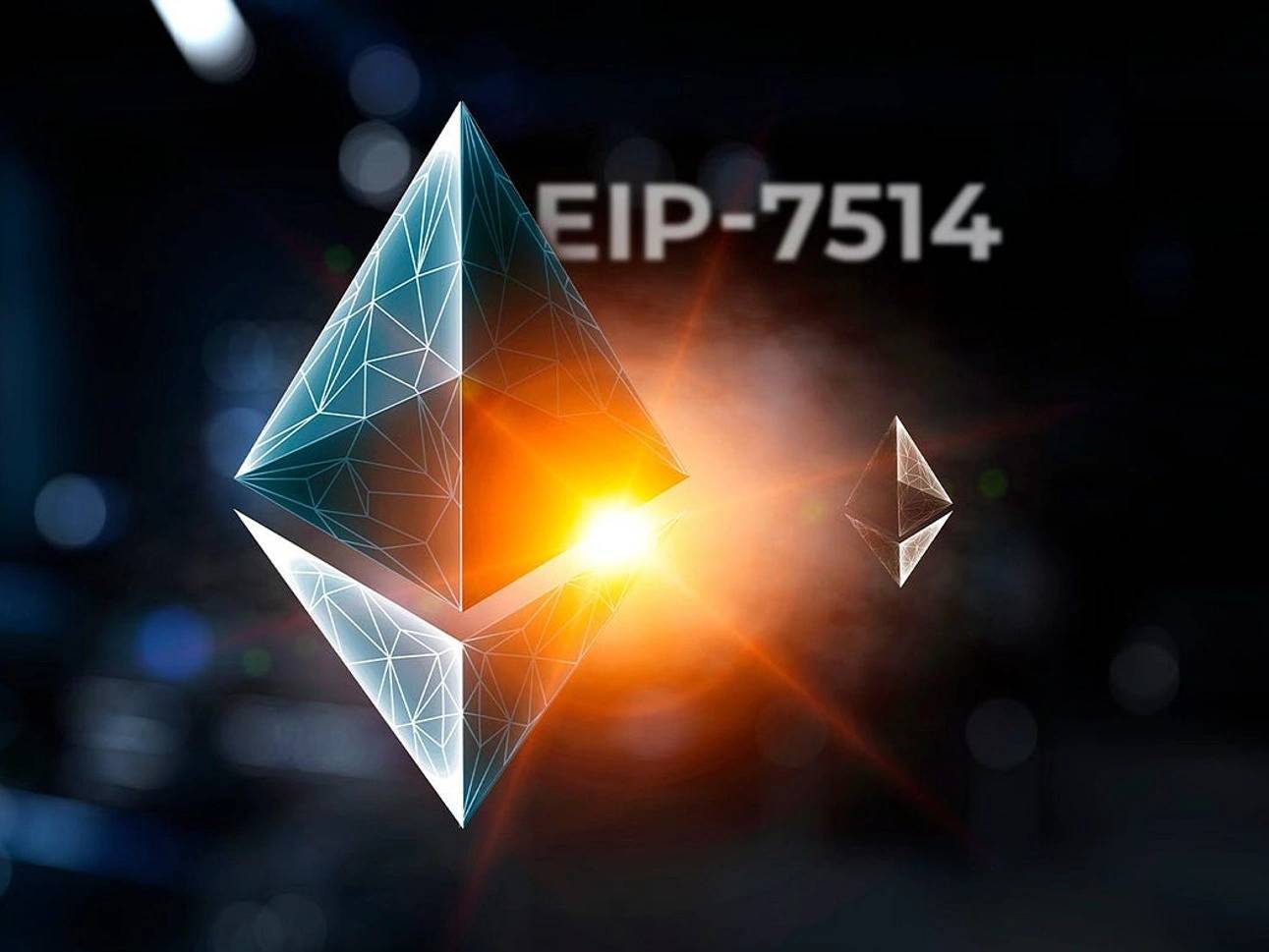위키 구독하기
Share wiki
Bookmark
EIP-7514
EIP-7514
EIP-7514는 각 에포크마다 이더리움(Ethereum) 비콘 체인의 활성 검증자 집합에 진입하거나 탈퇴할 수 있는 검증자 수를 제한하는 이더리움 개선 제안입니다. 이 제안은 에포크 변동률을 8로 제한하여 검증자 성장률을 지수 함수에서 선형 함수로 변경하는 것을 목표로 합니다.[5]
개요
EIP-7514는 에포크당 변동률 상한선을 8로 설정하여 이더리움 검증자의 최대 성장률을 지수 함수에서 선형 함수로 전환합니다.[5]
너무 많은 사람들이 너무 빨리 ETH를 스테이킹하면 2024년 5월까지 모든 ETH의 절반, 9월까지 4분의 3, 12월까지 100%가 스테이킹될 수 있습니다. 이것은 좋아 보일 수 있지만 네트워크에 부담을 줄 수 있으며 스테이킹에 대한 보상이 가치가 없게 만들 수 있습니다. 그리고 EIP-7514는 이더리움 네트워크에서 증가하는 검증자 수를 관리하기 위한 임시 해결책입니다. 이는 활성 검증자 집합의 성장을 늦추도록 설계되어 이더리움 커뮤니티가 검증자 집합 크기에 대한 솔루션을 설계할 시간을 제공합니다. 이는 단일 슬롯 최종성(SSF)과 같은 로드맵과 P2P 네트워크 부하에 중요합니다. [3][6]
"게이트키퍼"라고도 알려진 EIP-7514는 이더리움 네트워크로의 검증자 흐름을 관리하기 때문에 덴쿤 업그레이드의 일부입니다.
에포크 변동률은 검증자가 약 6.4분인 각 에포크에서 이더리움의 활성 검증자 색인에 진입하거나 탈퇴하는 비율입니다. 변동률은 동적으로 계산되며 네트워크의 활성 검증자 수에 따라 달라집니다. 2023년 9월 14일 현재 변동률은 12입니다. 즉, 에포크당 13개의 검증자가 네트워크에 참여하거나 탈퇴할 수 있으며, 이는 일일 상한선이 2,925개의 검증자임을 의미합니다. [1]
EIP-7514는 이러한 빠른 성장의 근본적인 원인, 즉 문제의 근원을 해결하지는 않지만, 빠른 확장을 막고 향후 업그레이드를 용이하게 하기 위한 임시 해결책을 제공합니다. 변동률을 변경하는 것은 스테이킹된 총 ETH의 성장, 따라서 블록당 발행되는 합의 계층 보상을 변경하기 때문에 이더리움의 통화 정책 변경입니다. [1][5]
EIP-7514는 안정성과 보안을 유지하면서 장기적으로 이더리움이 지속 가능하게 확장될 수 있도록 합니다. [4]
작성자
- dapplion
- Tim Beiko
잘못된 내용이 있나요?
